The following comprises an overview about my new album, The Colored Waiting Room, which will be released next month. In the coming weeks, we’ll release a series of film vignettes about the project and some of the musicians and production crew involved in the project on various social media platforms including Facebook, Twitter, Flickr, and Tumblr.
During the Jim Crow Era, the practice of the colored waiting room was a custom that segregated black passengers from the general population as they waited to board various modes of public transportation. They represented in the public sphere a space of containment and even the presumption of contamination. Yet on the flip side, it was also a place where one was free to be one’s self, where one could express things beyond the scrutiny of a broader, suspicious, though voraciously consuming public.
The apparently unforgiving, real, and metaphorical boundary encircling “colored-ness” at this time, then, was not all that it was intended to be nor all that it seemed. Cultural forms and fascinations flourished behind the veil for which the colored waiting room stood. And the sensibilities embedded in these expressions could never, in fact, be “pure,” or free from the cross-contamination so feared in a racially nervous society.
Everyone and everything, you see, was present inside the colored waiting room, especially in its music. Music is, indeed, a space where people can join together in creative, communal exchange and transformation—where musicians create sounds that embody their own musical voices and aspirations and forge them with others.
This recording expresses the eclectic vibe that was the spirit of the colored waiting room. It is clearly ironic that black citizens who were “fixin’ to get up” or travel to their various destinations would be forced to launch from spaces of restriction. But they made these rooms something else: they became places pregnant with possibilities.
Indeed, they were transformed into something akin to what the poet Elizabeth Alexander has called the “black interior” or “dream space.” For her, this is “the great hopeful space of African American creativity. . . . [one] outside of the parameters of how we are seen in this culture . . . .‘The black interior’ is not an inscrutable zone, nor colonial fantasy. Rather, I see it as an inner space in which black artists have found selves that go far, far beyond the limited expectations and definitions of what black is, isn’t or should be.
The music here, like any identity in the colored waiting rooms, is not restricted and refuses to pin itself down to a specific genre. Each song’s message of life, love, desire, and joy are the result, in part, of providing talented individuals from different backgrounds and musical dispositions material through which they could dream, interpret, and execute. Ranging over various themes and inspired by sundry experiences, it tries to move beyond aesthetic containment and toward the freedom spirit that those former inhabitants of colored waiting rooms imagined for themselves, their descendants, and for us all.
Step into the experience of The Colored Waiting Room. Enjoy and imagine together with us.
Tags: African American History, Dr. Guthrie Ramsey, Dr. Guy's MusiQology, Elizabeth Alexander, Jazz, Segregation, The Colored Waiting Room

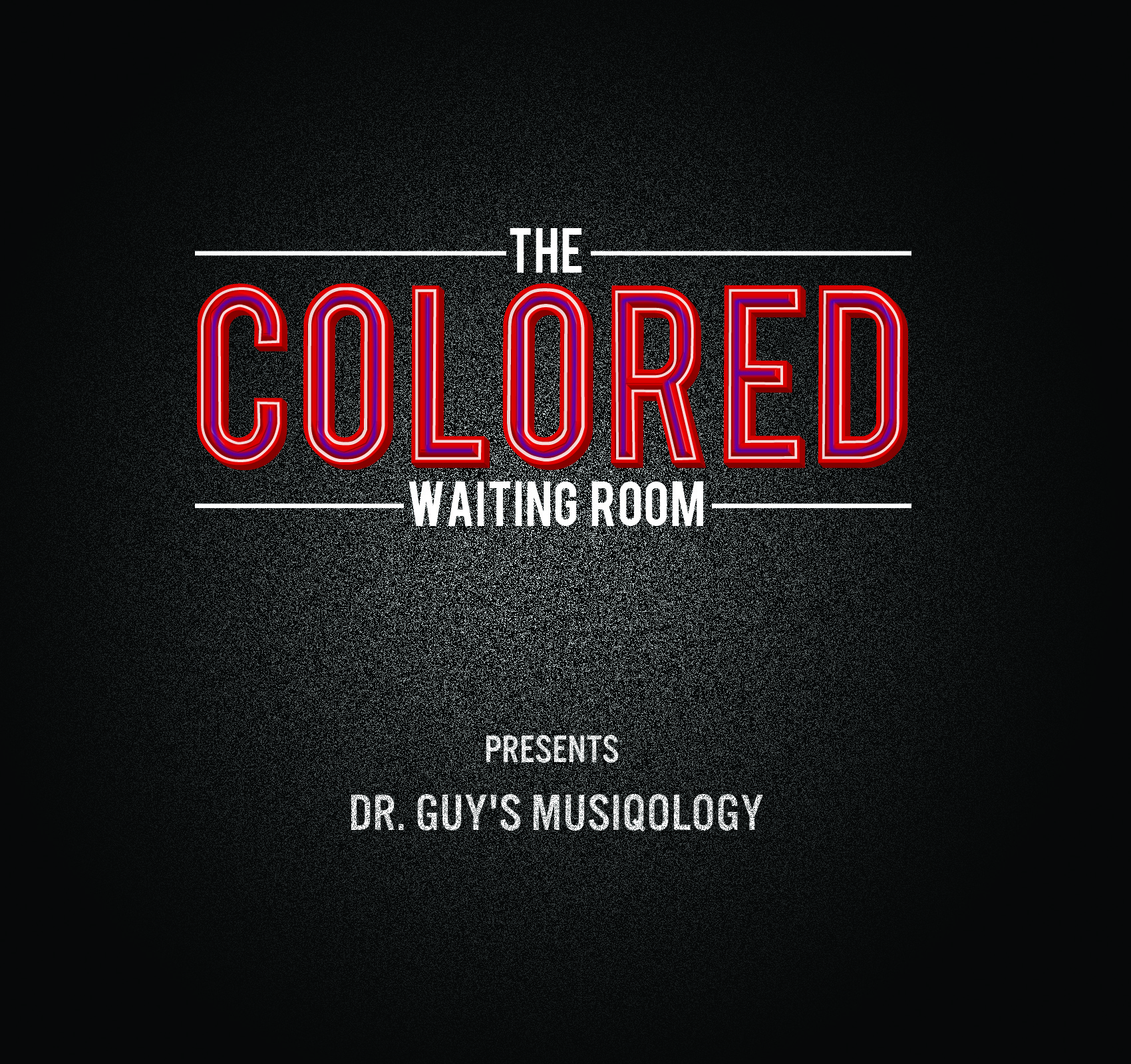
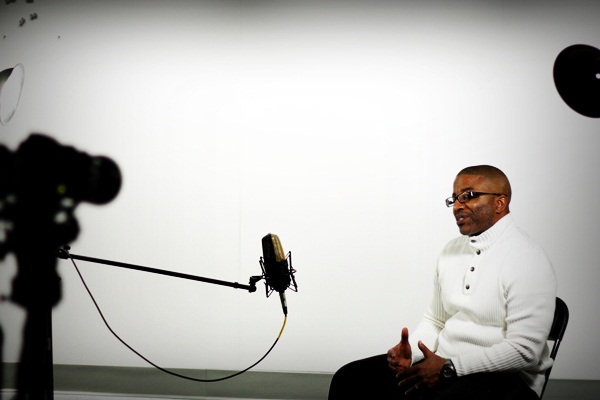
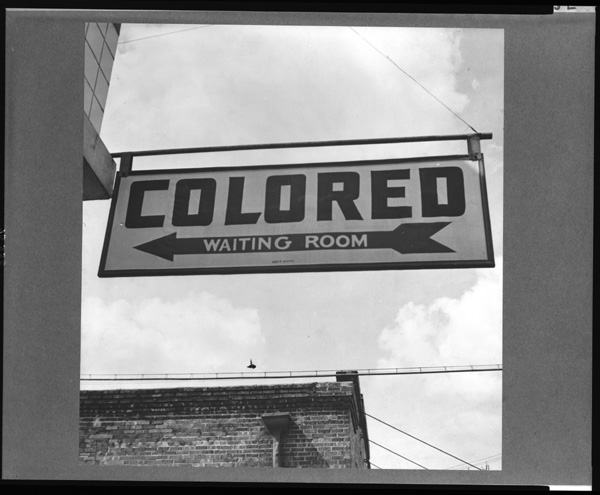
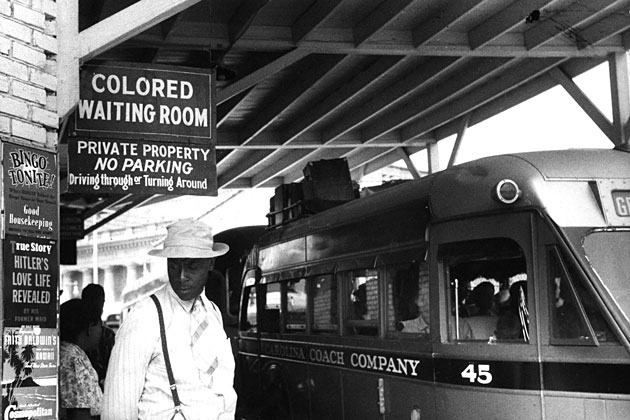
 Share On Facebook
Share On Facebook Tweet It
Tweet It

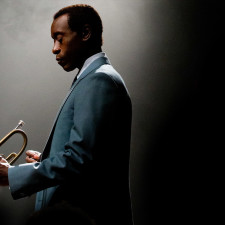


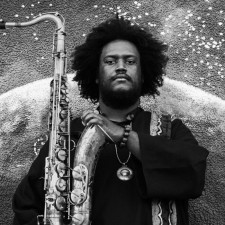
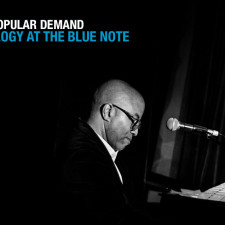

![[Philly EVENT] Screening of Amazing: A Film about Bud Powell](https://musiqology.com/blog/wp-content/uploads/2015/03/bud-powell-225x225.jpg)




